Composite Cladding | Enhance Your Exterior | Durable & Stylish
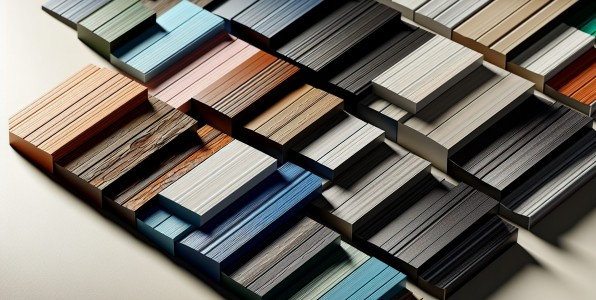
The post Composite Cladding | Enhance Your Exterior | Durable & Stylish appeared first on UK Construction Blog.
Composite cladding is a durable, stylish, and low-maintenance solution for your building’s exterior. It’s designed to withstand the elements, resist rot and cracks, and enhance curb appeal. In this article, discover why composite cladding is a top choice for modern exteriors, the variety of options available, and practical installation and maintenance tips.
Key Takeaways
- Composite cladding is a durable and low-maintenance option for exterior walls, highly resistant to rot, cracks, and harsh weather conditions, and is eco-friendly, often made from recycled materials.
- There is a wide variety of composite cladding boards available, offering different materials, colors, and finishes, allowing for significant customization and aesthetic integration with both modern and traditional architectural styles.
- Proper installation of composite cladding requires pre-planning, appropriate tools, and maintenance, including routine cleaning and protection from harsh weather conditions, to ensure longevity and aesthetic appeal.
Why Choose Composite Cladding for Your Exterior Walls
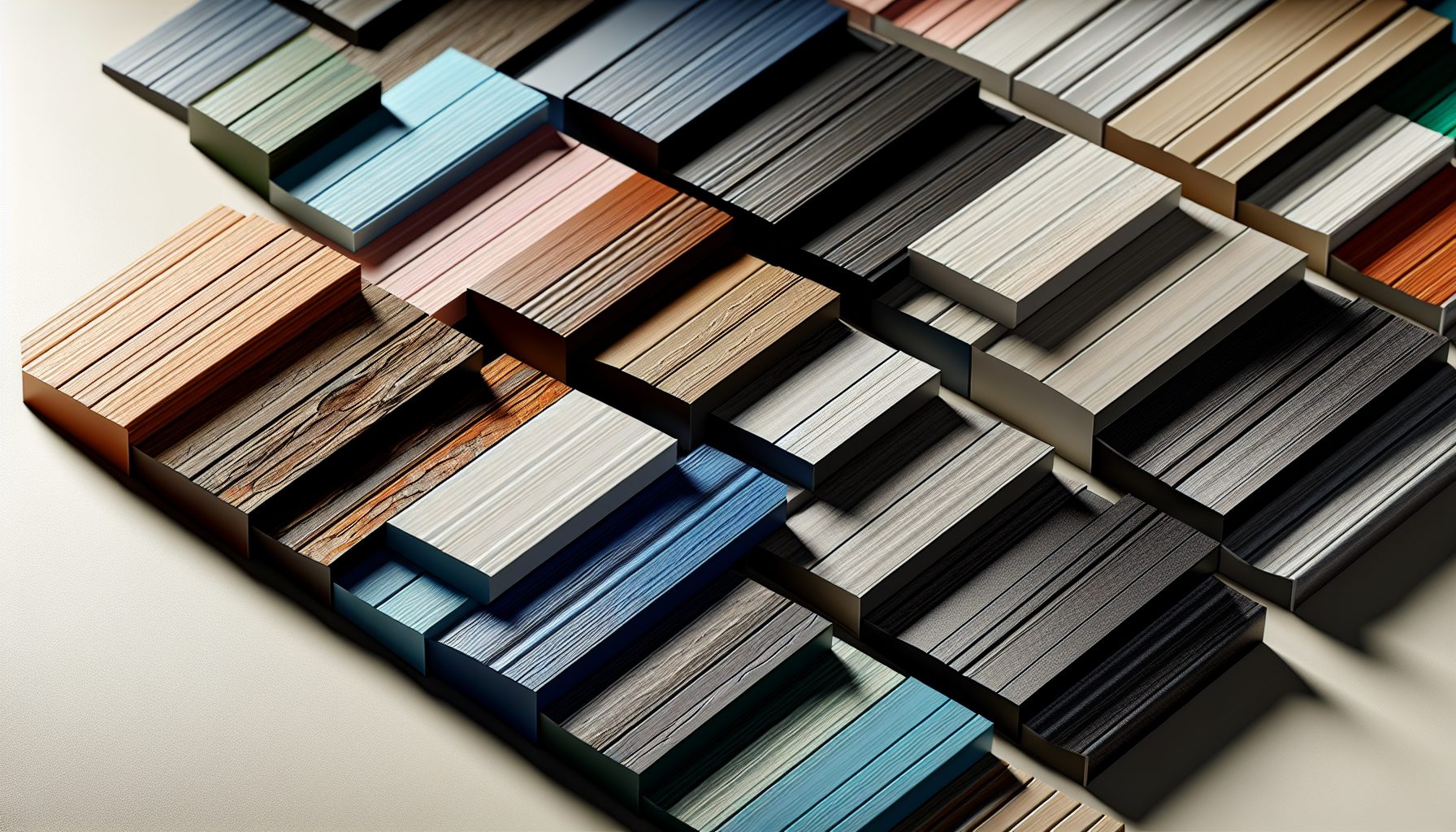
Opting for composite cladding for your exterior walls guarantees aesthetic and practical benefits. Unlike traditional materials, composite cladding:
- Is highly resistant to rot, cracks, and harsh weather conditions
- Ensures it stands the test of time for up to twenty-five years
- Enhances the look of your home
- Increases its value, making it a wise investment.
Another notable benefit is the low-maintenance characteristic of composite cladding. Unlike wood cladding, which requires routine painting, staining, and sealing, composite cladding remains attractive without the need for regular upkeep. It also effectively conceals unsightly cracks and defects in exterior walls, boosting the overall aesthetic appeal of any building. These attributes render composite cladding a perfect option for those who want to merge attractiveness with functionality in their exterior design.
Types of Composite Cladding Boards
With a variety of materials, colours, and finishes, composite cladding boards present a spectrum of options catering to diverse tastes and requirements. For instance, Trade Warehouse supplies composite cladding made from 60% FSC accredited wood fibers and 40% polyethylene plastic. Each composite cladding board covers 0.45 square meters, making it easy to calculate the amount needed for your project using composite boards.
NeoTimber’s composite cladding features:
- Highly resistant to UV rays and water, preventing rot, mildew, and mold buildup
- Several pricing options, starting at £17.00 per 3.6m cladding board
- Deep embossed design priced at £31.50 per 3.6m board
- 25-year residential warranty on their composite cladding products, ensuring long-term peace of mind for homeowners
- Aesthetically pleasing timber cladding appearance
Comparing Composite Wall Cladding to Traditional Materials
Compared to traditional materials like wood and stone, composite wall cladding boasts numerous advantages. While wood cladding requires regular sanding, staining, or painting to maintain its appearance, composite cladding eliminates these chores, saving both time and money. Moreover, composite cladding provides a wider colour palette than traditional options, allowing for greater customization and aesthetic appeal.
The durability of composite wall cladding also surpasses that of traditional materials. It withstands harsh weather conditions without cracking or rotting, which is a common issue with natural timber and stone. This resilience makes composite cladding a more practical and long-lasting choice for exterior walls, ensuring your building remains beautiful and protected for years to come.
Eco-Friendly Benefits of Using Recycled Materials
Eco-friendliness is a standout characteristic of composite cladding. Many composite cladding products are crafted from recycled materials, making them a sustainable choice for environmentally conscious homeowners. By using recycled plastic and wood fibers, composite cladding helps reduce waste and promotes sustainability and environmental conservation.
Choosing composite cladding offers several benefits:
- Supports eco-friendly building practices
- Can help in obtaining green certifications for your home
- Crafted from recycled materials
- Routine cleaning contributes positively to the environment
- Durable and low maintenance
The combination of durability, low maintenance, and environmental benefits makes high quality composite cladding an excellent choice for modern construction.
Design and Aesthetic Options for Composite Cladding
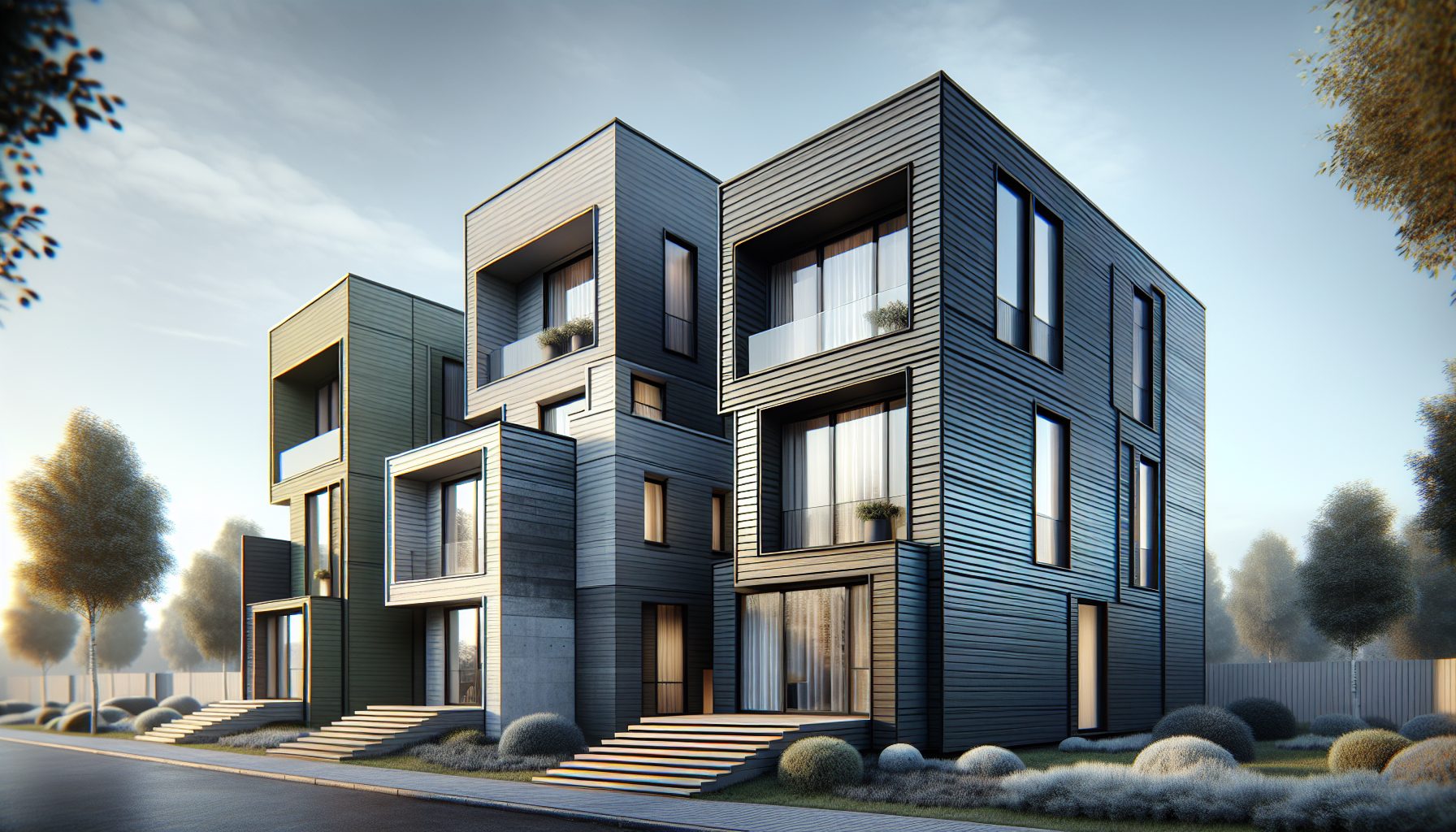
Composite cladding unlocks a plethora of design possibilities, enabling homeowners to effortlessly achieve their preferred exterior look. The variety of design options available ensures that composite cladding can seamlessly integrate with both modern and traditional architectural styles. Whether you’re aiming for a sleek, contemporary appearance or a rustic, natural look, composite cladding has you covered.
The colour choices and textures available in composite cladding play a significant role in its aesthetic appeal. Some options include:
- Stone Grey
- Anthracite Grey
- Natural wood
- Woodgrain
With these options, you can customize your exterior to reflect your personal style and enhance your property’s curb appeal.
Colour Choices: From Stone Grey to Anthracite Grey
The extensive colour palette of composite cladding enables homeowners to craft a unique and personalized exterior. Some options include:
- Stone Grey
- Anthracite Grey
- Light Grey
- Olive Green
These colours can provide a sleek, contemporary look or a softer, more natural touch. This versatile palette helps highlight architectural features and create distinctive exteriors that stand out.
A neutral colour palette, including shades of grey and driftwood, is particularly popular for achieving a modern aesthetic. These colours can be used to complement various architectural styles, making composite cladding a flexible and adaptable choice for diverse design preferences.
Texture and Finish: Natural Wood to Woodgrain Finish
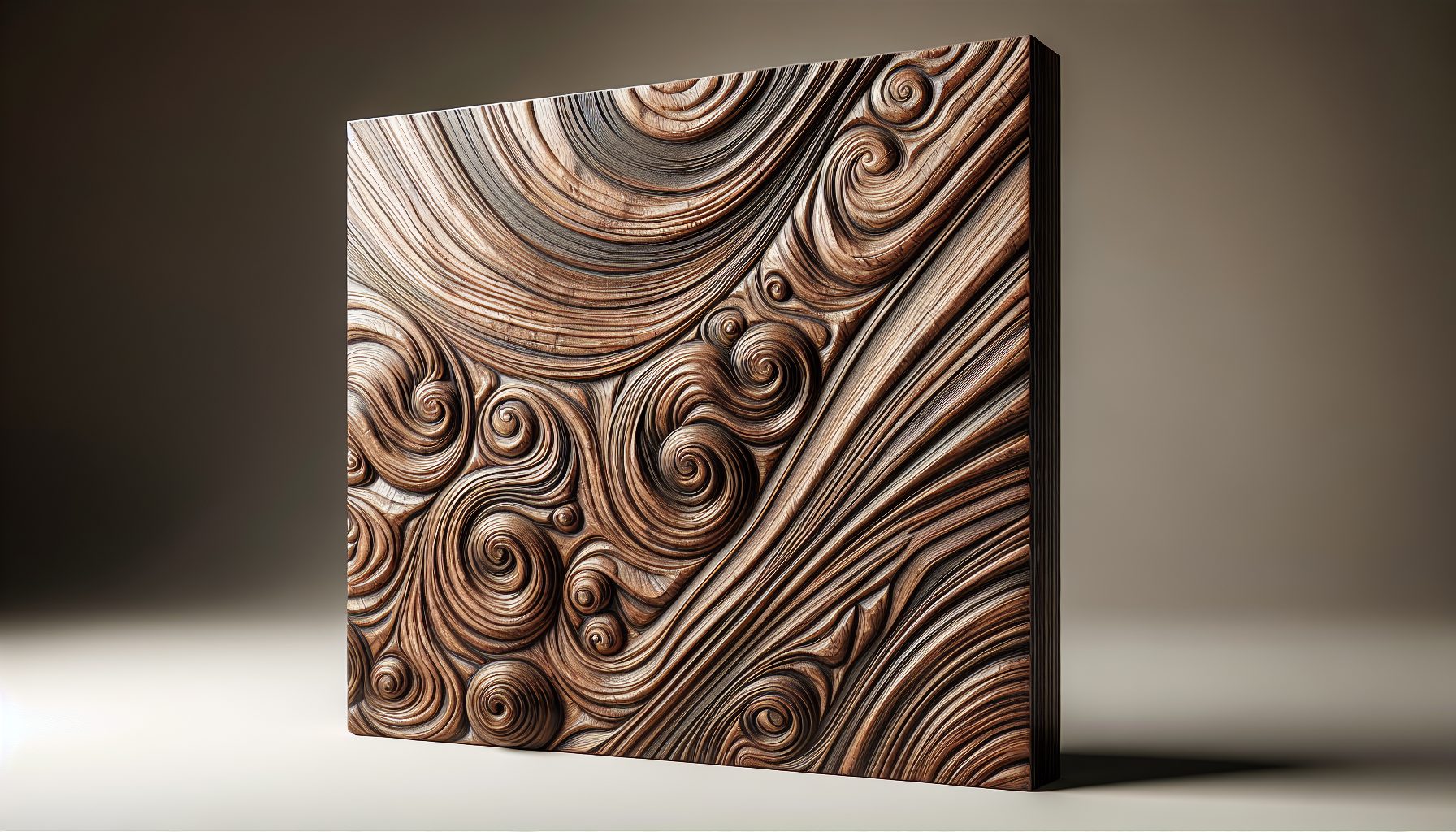
One of the most appealing aspects of composite cladding is its ability to mimic the appearance of natural wood. Innovations in composite cladding technology have made it possible to create textures and finishes that closely resemble the look and feel of real wood. This allows homeowners to enjoy the natural beauty of wood without the drawbacks of regular maintenance.
Composite cladding with a woodgrain finish enhances the elegance of a property by mimicking the natural beauty of wood. At the same time, it offers a modern touch to the overall look. Whether you prefer the rich texture of teak or the weathered look of antique wood, composite cladding offers a range of options to suit your aesthetic preferences.
Customizing Your Exterior Design with Composite Products
Customizing your exterior design with composite products allows you to create a truly unique look. By mixing and matching different finishes and colors, you can enhance the customization of your exterior design and highlight specific architectural features. Some benefits of using composite cladding products include:
- Unparalleled durability
- Versatility for various design themes
- Low maintenance requirements
- Resistance to rot, decay, and insects
- Eco-friendly materials
These features make composite cladding products an ideal choice for enhancing the aesthetics and functionality of your exterior design.
Using accent panels and different composite cladding products, you can create focal points on your building’s exterior that draw attention and add visual interest. This level of customization ensures that your home stands out with a unique and personalized appearance.
Installation Guide for Composite Cladding
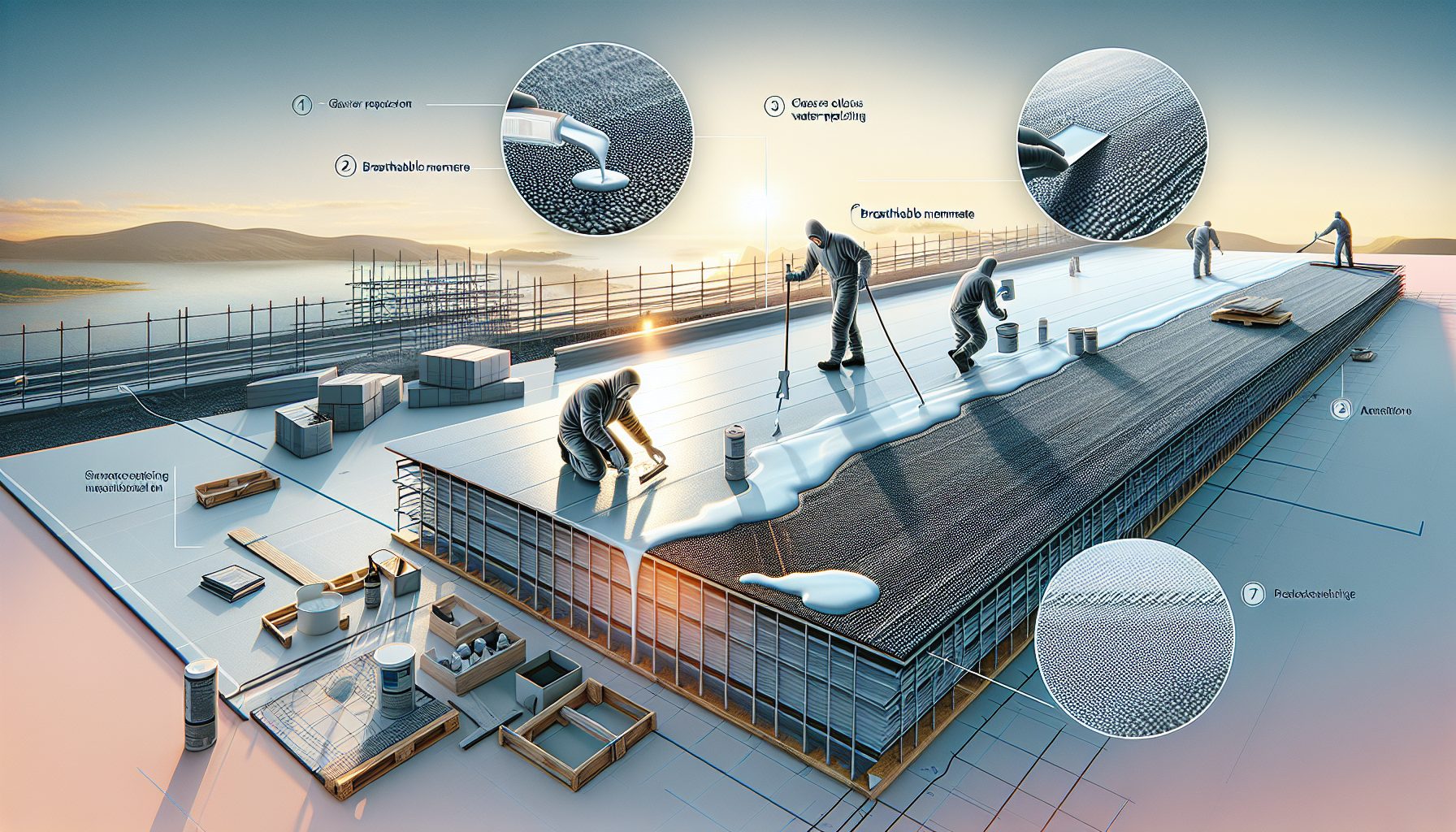
The installation of composite cladding is a simple procedure that can markedly boost the aesthetics and durability of your exterior walls. Pre-planning the size, orientation, and shape of cladding boards is essential before starting to install composite cladding to ensure a seamless and professional finish. Additionally, composite cladding can be fixed to a property using battens attached to a subframe or directly to the wall, with a ventilation cavity of at least 38mm for air ventilation and rainwater drainage.
Proper spacing and expansion gaps are crucial to accommodate natural material expansion and contraction. Pre-drilled holes in cladding boards need to be at least 2mm wider than the screw thread to allow for thermal expansion. These steps ensure that your cladding is securely installed and capable of withstanding various weather conditions.
Preparing Your Surface for Composite Cladding
Proper surface preparation is crucial for the successful installation of composite cladding. Before attaching battens or a subframe, a water repellent coating or breathable membrane must be installed to protect the walls from water penetration. For uneven or non-load bearing walls, cladding may be fixed to battens on a self-supporting frame.
Battens used for support should be fixed in a minimum of three places and can be made of either recycled plastic or treated timber. This setup prevents moisture from getting trapped between the cladding boards and the house wall, ensuring a long-lasting and durable installation.
Installing Composite Cladding Vertically and Horizontally
Composite cladding can be installed both vertically and horizontally, depending on your design preferences. For horizontal installation, use starter clips to position the first board and ensure it sits at least 20mm above the ground. Fix the starter clips to the row of joists before attaching the first board to create a stable foundation.
When installing vertically, follow these steps for a clean and professional finish:
- Start from the corner or edge of the design.
- Ensure the boards are at least 20mm off the ground.
- Continue installing the boards vertically, following the design.
This method will enhance the overall appearance of your exterior walls.
Essential Tools and Materials for Installation
Having the right tools and materials is essential for a successful composite cladding installation. Essential tools include A2/A4 stainless steel countersunk screws, a level, and a drill for pre-drilling holes. Additionally, a hammer drill, hand drill, tape measure, pencil, jig saw, circular or mitre saw, spirit level, and carpentry square are necessary for precise measurements and cuts.
Safety items such as:
- gloves
- glasses
- ear protection
- dust mask
- robust shoes
are recommended to ensure a safe installation process. The boards feature a tongue and groove style connection for easy installation, making the process straightforward and efficient.
Maintenance and Longevity of Composite Cladding
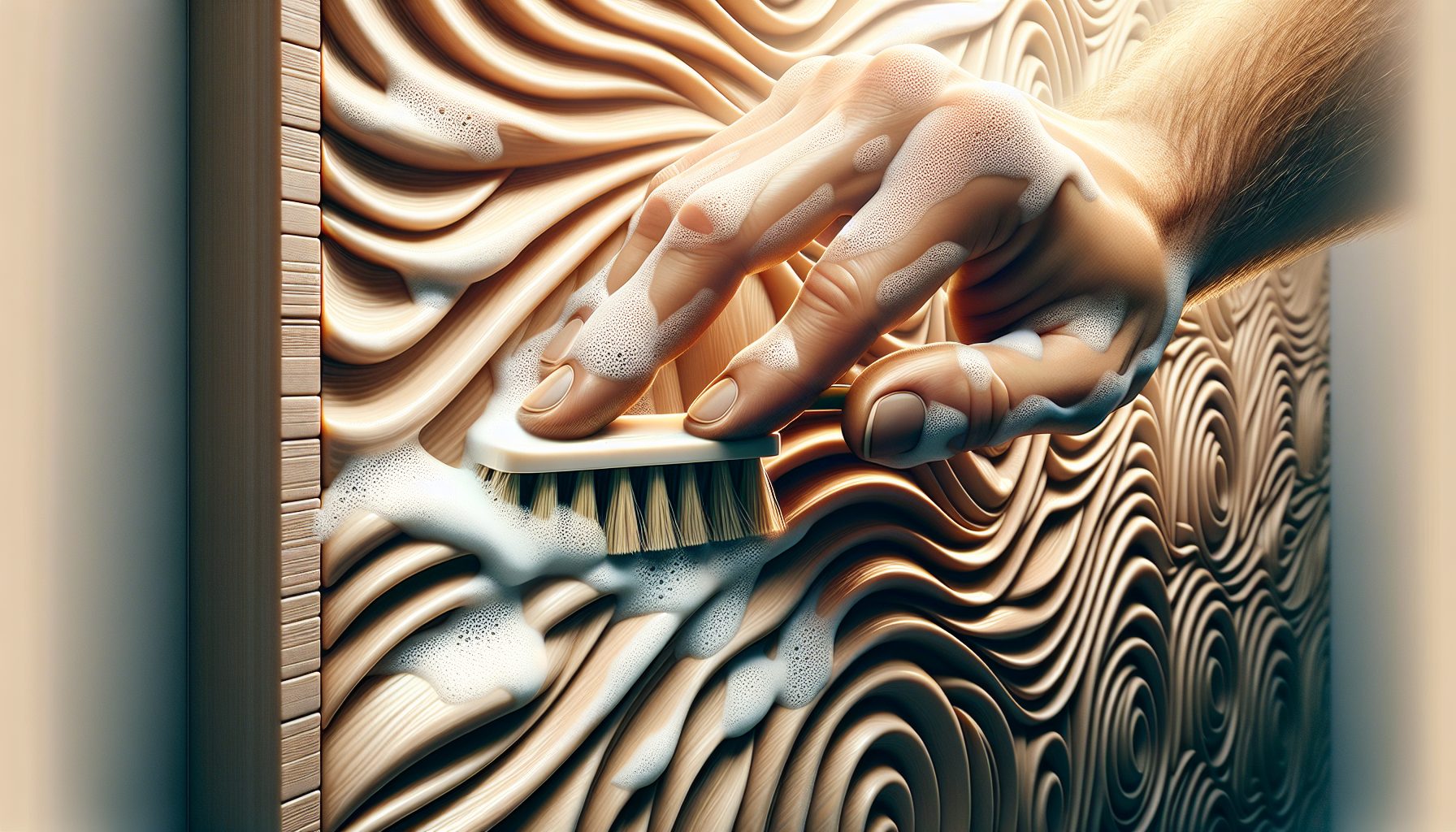
Consistent maintenance of composite cladding is vital to ensure its long lifespan and appearance. Routine cleaning every six months is recommended to clear away surface dust and dirt, which helps prevent algae, mould, and mildew build-up. For general cleaning, apply warm soapy water and clean with a soft-bristled brush or sponge.
Unlike wood cladding, composite cladding offers the following benefits:
- Does not require sealing, painting, or oiling for protection
- Low-maintenance option
- Attractive and functional with minimal effort
- Provides long-term benefits and cost savings
Simple Cleaning Tips for Composite Cladding
Regular cleaning with a soft-bristled brush and mild soap solution helps maintain the appearance of composite cladding and prevents algae, mould, and mildew build-up. Here are the steps to follow:
- Rinse the cladding with a hose before scrubbing to remove stubborn dust and debris.
- Use a soft-bristled brush and mild soap solution to scrub the cladding.
- Avoid cleaning on very hot days to prevent residue from drying quickly.
For stubborn stains, treat them within the first seven days to avoid long-term marks. Use a water-based composite cladding cleaner designed to remove excess oil, or for hard water stains, use a mixture of distilled white vinegar, baking soda, and lemon. These simple cleaning tips ensure your cladding remains in pristine condition.
Protecting Composite Cladding from Harsh Weather Conditions
Protecting composite cladding from harsh weather conditions involves:
- Using appropriate cleaning methods
- Avoiding damaging chemicals
- Ensuring the pressure washer has a fan tip nozzle and does not exceed 1,500 PSI to avoid damaging the cladding
- Avoiding harsh chemicals and bleach as they can cause discoloration and damage to the surface.
Residual oils can cause water stains on some composite cladding, but these typically disappear within 6-8 weeks of exposure to rainwater. By following these protection measures, you can ensure the lasting performance and durability of your composite cladding.
Avoiding Regular Painting and Sealing
Composite cladding is designed to be a low-maintenance option, as it does not require regular painting or sealing. Composite cladding boards with woodgrain texture maintain their appearance without the need for painting, staining, or sealing, making them an ideal choice for homeowners seeking a hassle-free solution.
This natural resistance to common issues like mildew and algae eliminates the need for additional protective treatments. While low maintenance composite cladding is not entirely maintenance-free, it requires only occasional cleaning, providing a long-lasting and attractive exterior without the need for frequent upkeep.
Case Studies and Real-World Applications
The increasing usage of composite cladding in a variety of real-world applications underscores its versatility and benefits. From residential projects like garden rooms to commercial buildings such as healthcare facilities and schools, composite cladding has proven to be a durable and aesthetically pleasing option.
Companies like Millboard are known for their innovative and sustainable composite cladding products, further highlighting the advantages of this material in modern construction. These case studies demonstrate how composite cladding can be effectively used to enhance both the appearance and functionality of different types of buildings.
Residential Projects Featuring Composite Wall Cladding
Various residential projects are increasingly adopting composite wall cladding, thereby boosting both aesthetics and longevity. One popular application is in garden rooms, where composite wall cladding provides a visually appealing exterior that complements the natural surroundings. The benefits of composite wall cladding in garden rooms include:
- Visually appealing exterior
- Complements the natural surroundings
- Durable and long-lasting
- Low maintenance
- Ensures the garden room remains attractive and functional for years to come.
The use of composite wall cladding in residential projects offers several benefits:
- Boosts curb appeal
- Adds value to the property
- Provides a combination of beauty and practicality
- Preferred choice for modern exterior design
Homeowners appreciate these advantages, making composite cladding a popular option.
Commercial Buildings Utilizing Composite Cladding Boards
A growing number of commercial buildings, such as healthcare facilities and schools, are leveraging the many benefits of composite cladding boards. In healthcare facilities, composite cladding provides excellent thermal insulation and visual appeal that mimics natural wood, creating a warm and inviting environment for patients and staff. The energy efficiency of composite cladding also makes it a cost-effective solution for school buildings, contributing to lower energy bills and a sustainable design.
Sports and leisure facilities can benefit from the versatility of composite cladding, which offers a range of styles and colors to suit different environments. The durability and low maintenance of composite cladding make it an ideal choice for high-traffic commercial buildings, ensuring they remain attractive and functional over time.
Innovative Uses of Composite Materials in Modern Architecture
Modern architecture is welcoming the use of composite materials, crafting innovative cladding solutions that go beyond conventional boundaries. These materials are now being integrated with smart technologies, enabling functionalities such as:
- Energy generation
- Improved thermal performance
- Embedded sensors that can monitor structural health and environmental conditions, providing valuable data for maintenance and energy management.
Sustainability is a key focus in modern architecture, with composite materials often incorporating recycled content to reduce environmental impact. Advancements in manufacturing have enabled architects to design complex geometries and façades with unique visual effects, enhancing the building’s aesthetic appeal while supporting diverse architectural styles. This innovative use of composite materials showcases their versatility and potential in creating striking and sustainable exterior designs.
Summary
In summary, composite cladding offers a blend of durability, low maintenance, and aesthetic appeal that makes it an ideal choice for both residential and commercial projects. Its resistance to harsh weather conditions and minimal upkeep requirements ensure it remains attractive and functional for years, providing long-term value for homeowners and businesses alike. The variety of colours, textures, and finishes available allows for extensive customization, enabling unique and personalized exterior designs.
Furthermore, the eco-friendly benefits of using recycled materials in composite cladding contribute to sustainability and environmental conservation. Whether you’re looking to enhance your home’s curb appeal or seeking a cost-effective solution for a commercial building, composite cladding provides a versatile and durable option. Embrace the future of exterior design with composite cladding and transform your property into a stylish and sustainable masterpiece.
Frequently Asked Questions
What are the main benefits of composite cladding?
Composite cladding provides durability, low maintenance, resistance to rot and cracks, and a variety of design options, making it an attractive and practical choice for exterior walls.
How does composite cladding compare to traditional wood cladding?
Composite cladding offers greater resistance to harsh weather conditions and UV rays compared to traditional wood cladding, and does not require routine painting, staining, or sealing.
Is composite cladding environmentally friendly?
Yes, composite cladding is environmentally friendly as many products are made from recycled materials, contributing to sustainability and environmental conservation.
What colour options are available for composite cladding?
Composite cladding is available in a variety of colours, including neutral shades like Stone Grey and Anthracite Grey, as well as bolder options like Olive Green, providing extensive customization options for your project.
How do I maintain composite cladding?
To maintain composite cladding, you should routinely clean it with a soft-bristled brush and mild soap solution. This will help keep it well-maintained and it doesn’t require regular painting or sealing.
Comments are closed